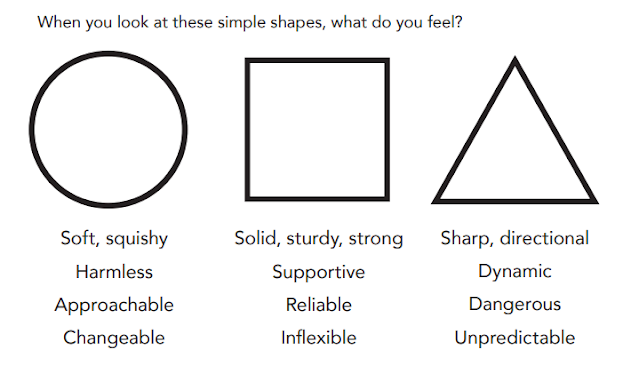For this module - GART704: Crafting and Refining - we are encouraged to use a game engine such as Unreal to experiment with lighting techniques that can be applied to a 2D or 3D render. For our submission, we have to show a scene (or two scenes) with two different lighting conditions. These conditions can convey different times of day (morning, evening) or different moods (warm, cold).
 |
| Fig. 1: Dros. 2017. Same Location Different Seasons. |
Some key things to consider during this module are:
- CONTRAST: the most important aspect of an image.
- COLOUR: to show warmth, coldness, and mood.
- DIRECTION: direct the gaze, or show a player where to go, highlighting areas/items of interest.
- A RHYTHM/BEAT : a beat from light to dark helps achieve depth.
After avoiding 3D work in the last module, as I focused on a 2D character concept, I want to work on a 3D render for this module. Using Unreal Engine 5.1, I will be able to access free assets to add to a scene, but would also like to create some simple assets of my own. My primary idea is to work on a fantasy graveyard scene, inspired by "hag stones" - a stone with a naturally occurring hole through it, believed to have magical properties and ward off witches.
 |
| Figure 3: Spence, 2023. PureRef Board |
I want my two lighting conditions to be at different times of day, but also convey different moods. I looked into how animators at Pixar approach lighting:
"Artists create blueprints called color scripts, which are hand-painted frames that depict scenes throughout a storyline...much like a storyboard only more detailed in terms of tone. When these frames are viewed consecutively, the director and production designer can determine the emotional story arc." (Bell, 2020)
 |
| Fig. 4: Unknown maker. Finding Nemo Colour Script |
I may produce a rough block-out of my scene, and paint over it to produce some colour scripts to work out what kind of lighting I want.
I started making some basic stone shapes in Maya, that I can refine and add detail to in ZBrush. I want to make the stones appear naturally formed by the sea, something that is challenging to create in Maya.
 |
| Fig. 5: Spence, 2023. Maya Stone Block-Outs |
In ZBrush I can hollow out areas with more ease, add holes and crevices from water damage, etc. Being able to increase the geometry greatly improves the detail I can add. This will also mean I get to practice retopology and making textures.
 |
| Fig. 6: Spence, 2023. ZBrush Refining |
I like using a tablet for better pressure control whilst modeling, and results feel much quicker, though blocking out in Maya is still very useful for me.
References:
BELL, Jasmyne. 2020. 'How Do You Light an Animated Film?' [online] No Film School. Available at: https://nofilmschool.com/how-do-you-light-animated-film [Accessed on 27/01/2023]
Images:
Figure 1. DROS, Albert. 2017. Same Location Different Seasons. PetaPixel [online]. Available at: https://petapixel.com/2017/12/06/shot-7-photos-location-different-seasons/ [Accessed on: 27/01/2023]
Figure 2. RECKTENWALD, Brian. 2016. Uncharted 4 Environment Art. ArtStation [online]. Available at: https://www.artstation.com/artwork/GzlPB [Accessed on: 27/01/2023]
Figure 3. SPENCE, Nel. 2023. PureRef Board. Private Collection: Nel Spence
Figure 4. Unknown maker. Finding Nemo Colour Script. Escape Studios Animation [online]. Available at: https://escapestudiosanimation.blogspot.com/2020/04/why-animators-need-colour-scripts.html [Accessed on: 27/01/2023]
Figure 5. SPENCE, Nel. 2023. Maya Stone Block-Outs. Private Collection: Nel Spence
Figure 6. SPENCE, Nel. 2023. ZBrush Refining. Private Collection: Nel Spence
































